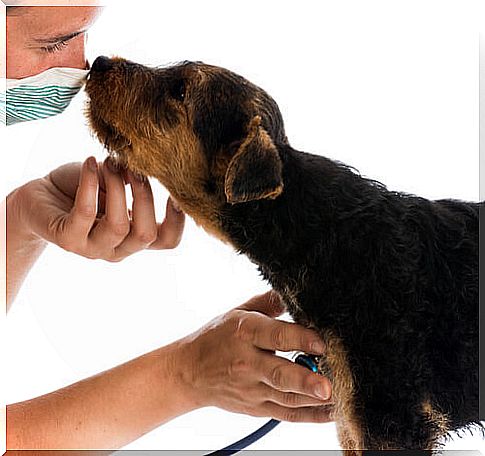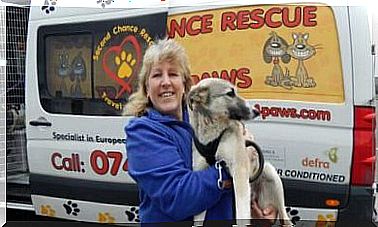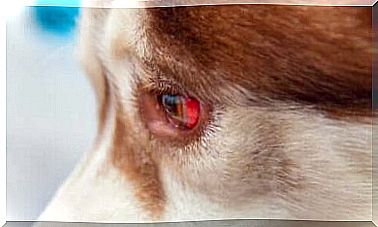What Are Zoonoses?

Zoonoses are common and transmissible diseases between people and animals, either by direct contagion, through a body fluid (urine, saliva) or through an intermediary, as in the case of midges and other insects. You can also get sick by consuming food of animal origin lacking the necessary health checks or by ingesting fruit and vegetables that are not washed correctly.
One of the causes that favor the proliferation of these diseases is the large concentration of population in urban areas, with the consequent increase in the number of pets. Other causes may be changes in farming systems, the movement of people, the increase in international trade (including animal trafficking).
Currently, the majority of emerging and re-emerging diseases of concern to health authorities around the world are zoonoses.
Data to understand what zoonoses are

To understand this issue of human-animal coexistence we must consider the following classification:
– Synanthropic animals ; they are those who live at the expense of humans, in urban environments. This is the case with rodents, insects, bats, pigeons and sparrows. These can transmit dengue, leptospirosis, rabies, and rat-bite fever.
– Pets ; They are the ones that people choose to live with for some reason. This is the case with working, breeding, feeding, companion and sporting animals. Among the diseases they can transmit to us are toxocariasis, rabies, and toxoplasmosis.
– Wild animals ; those who live in freedom on the territory and in total autonomy regarding their feeding, care and protection from their predators. For example, they can transmit Hantaviruses and different types of encephalitis to humans.
In turn, zoonoses can be classified according to their way of transmitting the disease, as follows:
Direct
This is the case with anger. All mammals can suffer and be infected with this disease through the bite. In urban areas it is dogs, and sometimes cats and bats that transmit it.
From animal excrement
There are several ways of environmental contamination, in large cities it can occur due to the excrement of domestic animals (dogs and cats), synanthropic (doves, pigeons) or wild (other types of birds) and also through household garbage, all this does so that the land on which you go for walks becomes infected with parasite eggs and becomes a risk area for the contagion of diseases such as Toxocariasis.
From carrier insects
This is the case with the Aedes Aegypti gnat. With its sting you can contract dengue and yellow fever.
From rodents
These animals are natural containers of bacteria, viruses and parasites, which they disperse into the environment through their secretions (nasal or pharyngeal) and with their excrements (urine and excrements). In this way, above all, leptospirosis, Hantavirus pulmonary syndrome and Argentine hemorrhagic fever are transmitted. The role of rodents as carriers of diseases is known since ancient times, just remember the example of the plague, whose etiological agent is the bacterium Yersinia pestis and its carrier the mouse flea Xenopsylla cheopis.
From food
According to the World Health Organization, about 1,500 million cases of diarrhea occur each year, and the vast majority can be attributed to contaminated food. Bacteria are the main cause of foodborne diseases, but also parasites, viruses and some forms of fungi, especially mold and yeast.
Ways to prevent zoonoses

The problem of zoonosis is complex, because it involves aspects that in many cases exceed the actions that can be developed by the various health structures. To solve this problem, therefore, interdisciplinary actions are needed, with the participation of different sectors of the population.
On an individual level, you can help with the care of your pets by making sure they are free from parasites, both internally and externally, and by carefully following their vaccination schedule. Among other things, you will have to avoid the nesting of rodents in your home, especially in places that are not very busy which often do not have ventilation as they are intended for storage.
You must also be very careful with the handling of food, you will have to wash your hands well before starting to cook, and wash fruit and vegetables carefully. If you touch raw meat, you will need to wash your hands and used utensils again before continuing to prepare other food.
If you pay attention to these details and these tips, you will surely avoid many zoonoses.







